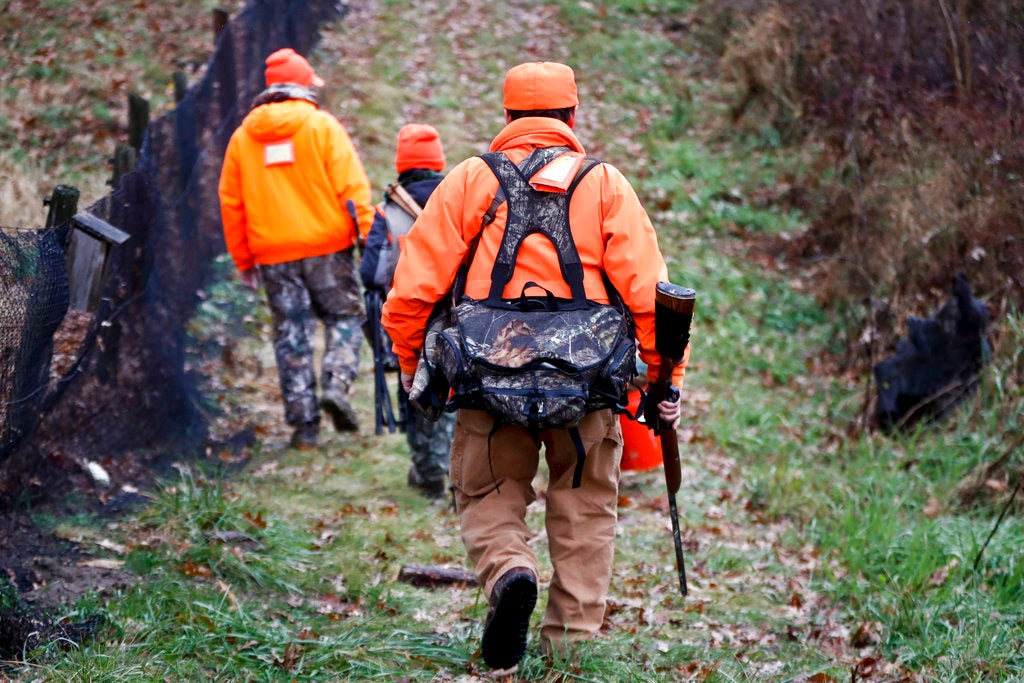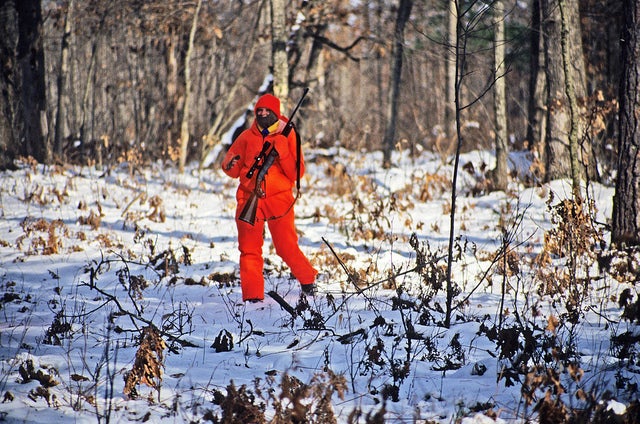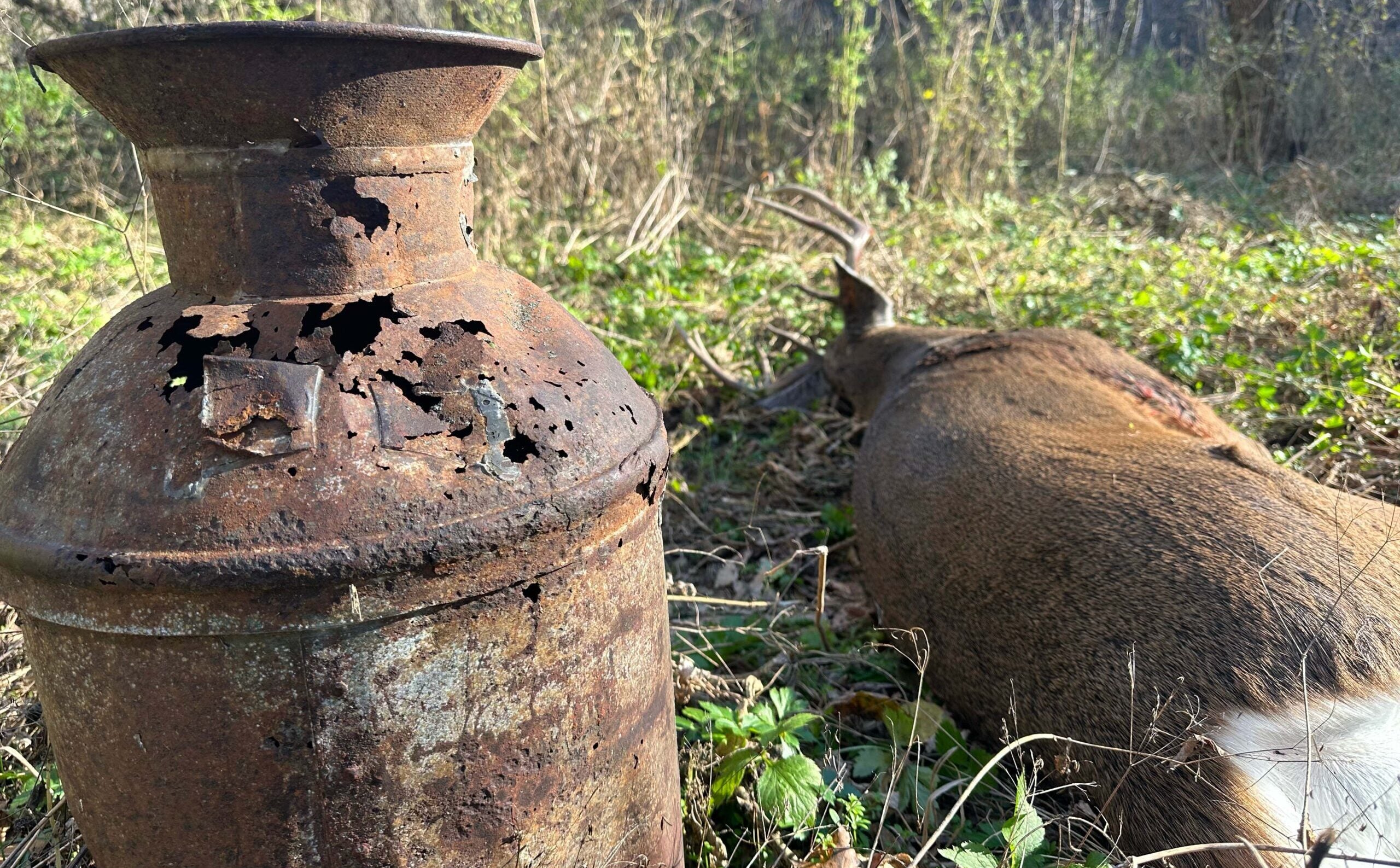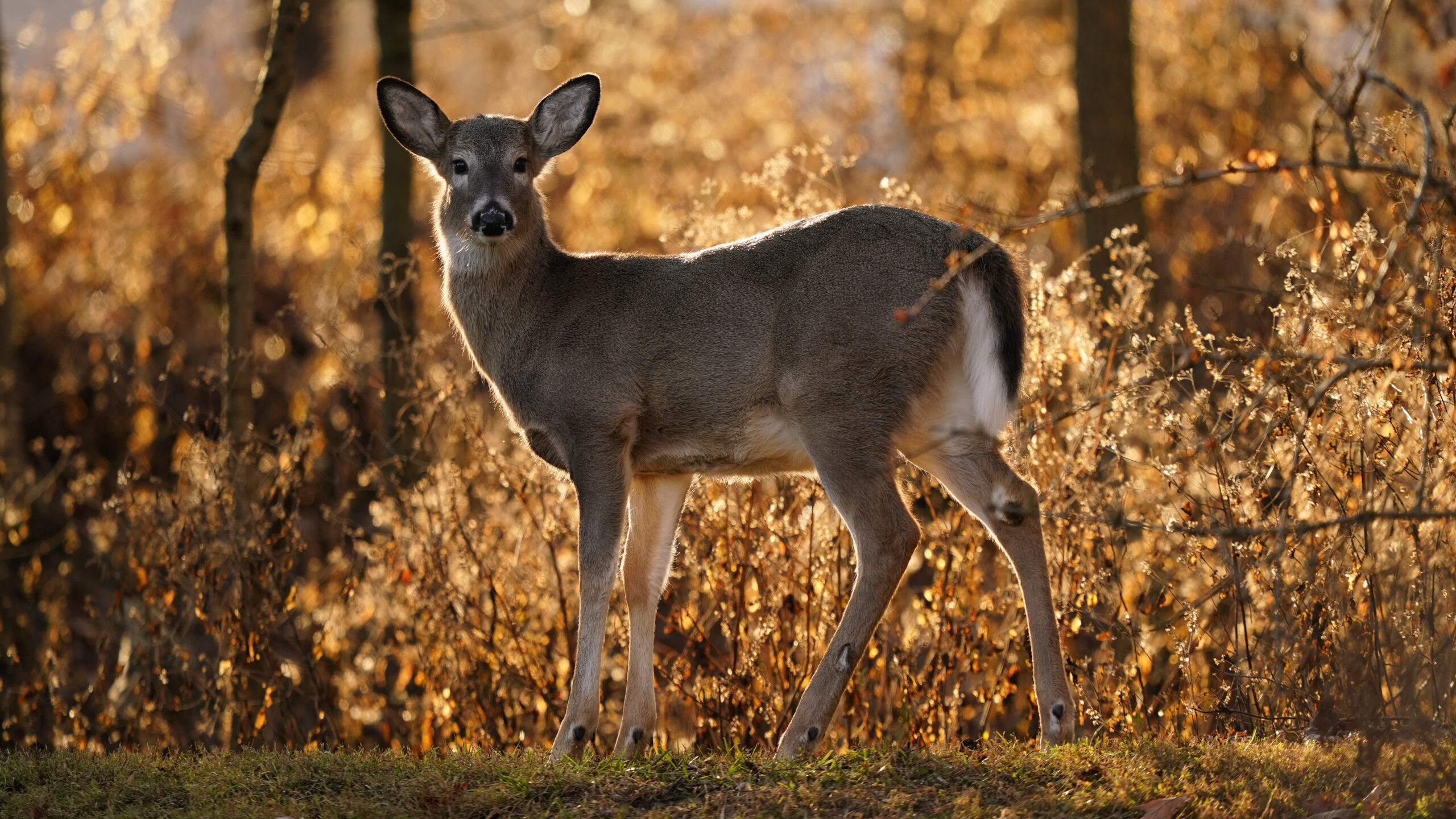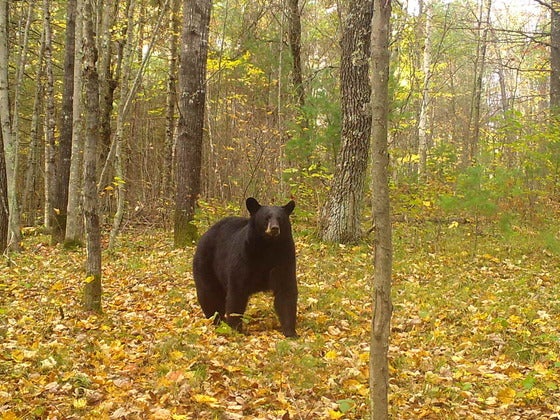New data from the Wisconsin Department of Natural Resources shows hunters killed nearly 8 percent fewer deer overall during a “quiet” 2021 gun deer season.
Hunters registered 175,667 deer over the nine-day gun-deer season, according to figures provided Tuesday by the DNR. Last year, hunters harvested 190,646 deer. The overall harvest was down nearly 9 percent from the 5-year average.
The season started Nov. 20 and ended Sunday.
News with a little more humanity
WPR’s “Wisconsin Today” newsletter keeps you connected to the state you love without feeling overwhelmed. No paywall. No agenda. No corporate filter.
Hunters harvested 84,952 bucks, which is down about 1.3 percent compared to last year. For antlerless deer, the 2021 harvest was 90,715, which is a decline of 13.2 percent from 2020 gun deer season.
The southern farmland region saw the largest decline with 17 percent fewer deer harvested than last year. The northern forest region was the only part of the state to see the deer harvest grow in 2021 with 9.3 percent more deer harvested.
Jeff Pritzl, state deer program specialist, characterized the season as “quiet” with harvest figures lower than last year. He said it’s too early to speculate what caused the dramatic decline in the harvest across southern Wisconsin, as well as the increased harvest up north.
However, he noted the state is seeing a trend of hunters taking part in the earlier archery and crossbow seasons.
“This year is no exception to that,” said Pritzl. “So, we’re seeing changes in choices and how people are hunting.”
He said about half of the state’s total deer hunting population takes part in archery or crossbow hunting, as well as the gun deer season.
“It may change their approach going into the nine-day season relative to success they may have already had or anticipate later in the year,” said Pritzl.
Hunters encountered favorable weather conditions throughout the season, including some snow in the north that likely improved visibility for hunters.
Overall, the DNR sold 1.5 percent fewer licenses with 808,224 licenses sold. The agency sold 564,440 gun deer licenses this year, which is down from 569,203 licenses sold last year.
The deer harvest was up nearly 16 percent during the 2020 gun deer season, and the number of all deer licenses sold increased 3.5 percent during the COVID-19 pandemic.
“Assuming 2020 is just a blip in your radar, we’re still doing very well with our license sales,” said Eric Lobner, director of the DNR’s Wildlife Management Program.
Overall, five hunters sustained injuries and one hunter was fatally shot during the nine-day gun deer season. Two 65-year-old men were hunting in Saxon last week in Iron County when one knocked over his firearm, which discharged and killed his hunting partner from Minnesota.
There were no detections of chronic wasting disease among wild deer in any areas where the deadly deer disease has not yet been found, according to Amanda Kamps, the DNR’s wildlife health conservation specialist. But, she noted that many samples have yet to be processed.
Hunters typically can expect results within two weeks although Kamps said it may take longer due to the higher volume of samples during the gun deer season.
First detected near Mount Horeb in 2002, chronic wasting disease attacks the brains of deer and leads to drastic weight loss and death. At least 58 counties have now been affected by CWD.
The DNR projected it may collect 21,000 samples statewide this year. So far, 483 samples have tested positive for the disease out of 8,800 deer sampled this year
This year, state health officials urged hunters to take extra precautions due to COVID-19 after research found the virus in deer from Iowa and Ohio. While transmission from deer to humans is likely low, the DNR is working with the U.S. Department of Agriculture Wildlife Services on conducting surveillance across the state.
Wisconsin is estimated to have more than 1.6 million deer, which is the highest population in more than a decade. The growth in the state’s wild deer herd has raised concerns among conservationists about habitat destruction, vehicle collisions, crop damage and disease that could threaten the long-term viability of the population.
Wisconsin Public Radio, © Copyright 2025, Board of Regents of the University of Wisconsin System and Wisconsin Educational Communications Board.

